
Where We Be
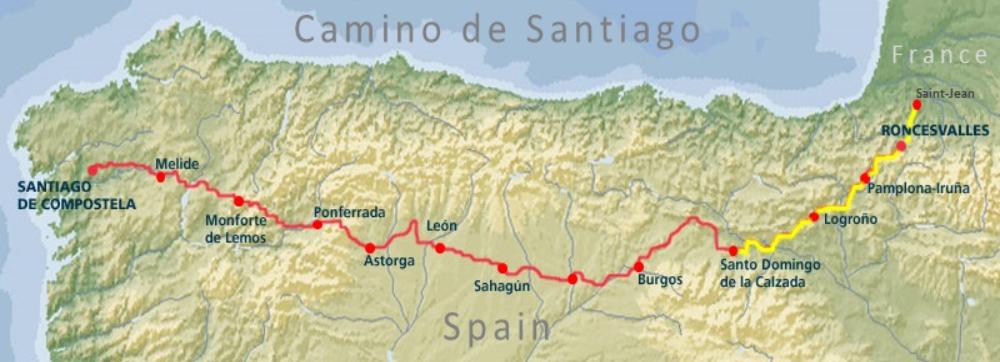
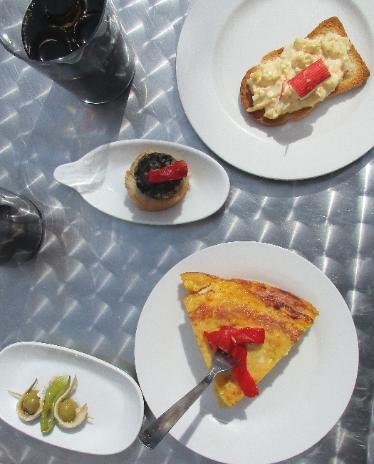
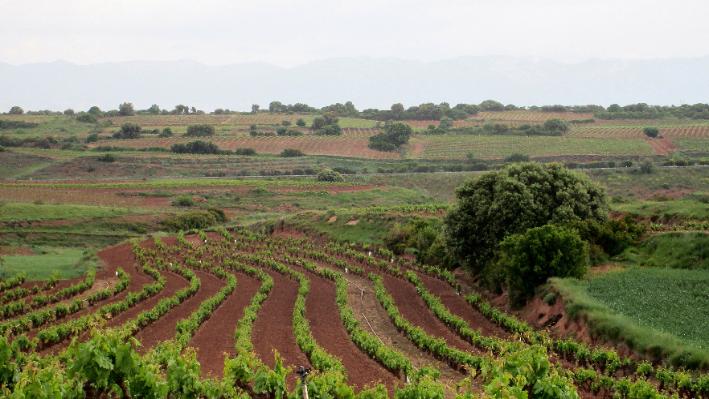
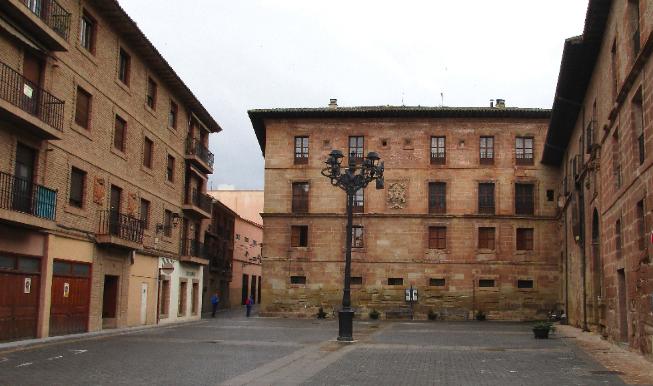

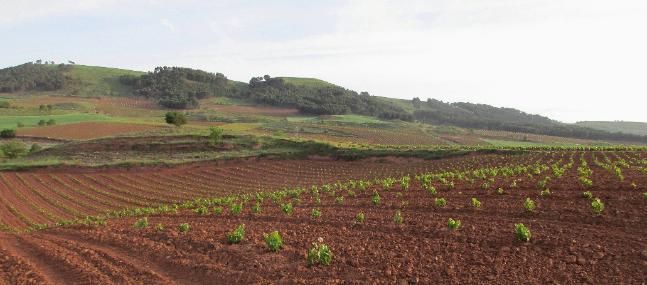
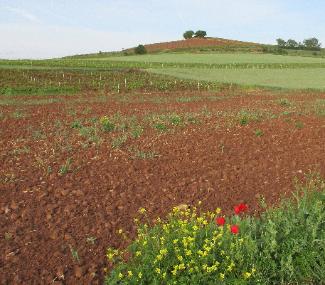
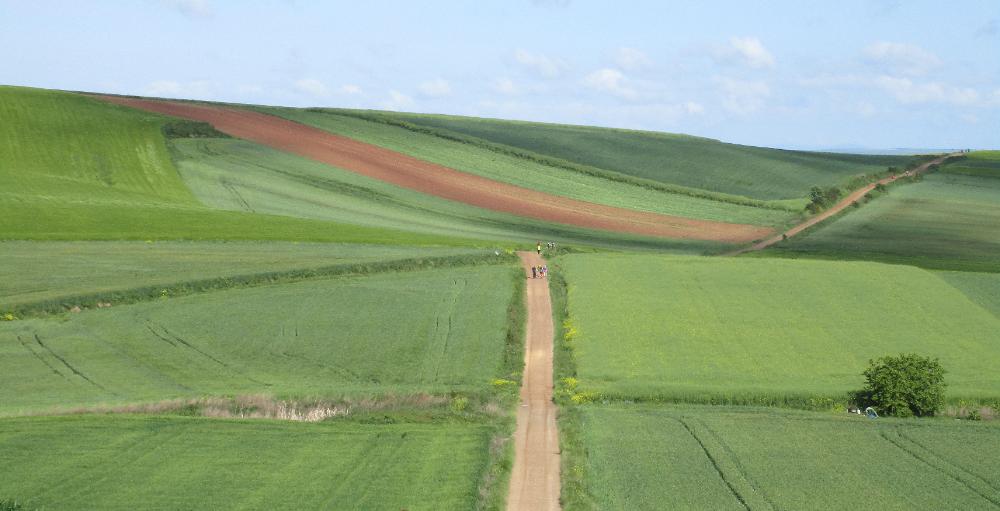
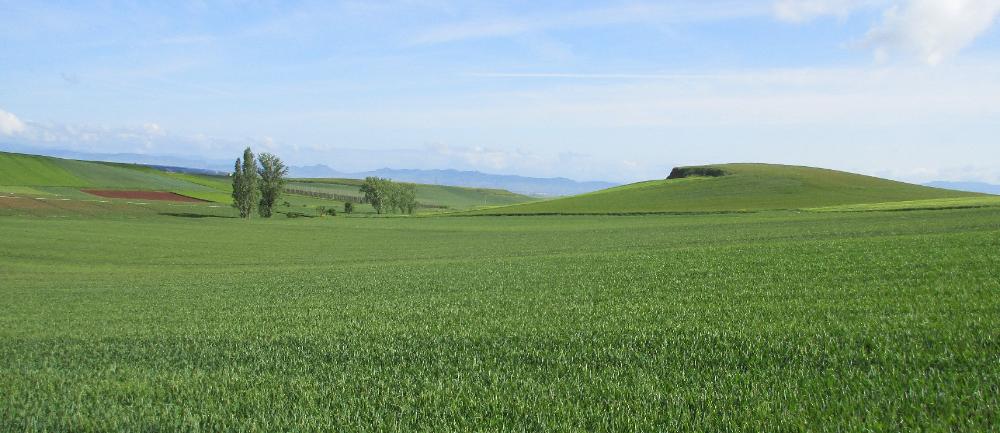
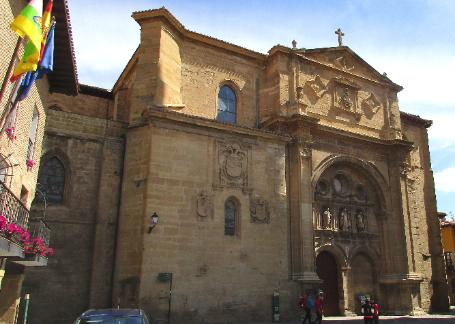
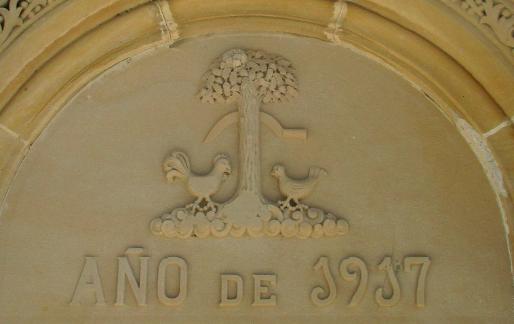
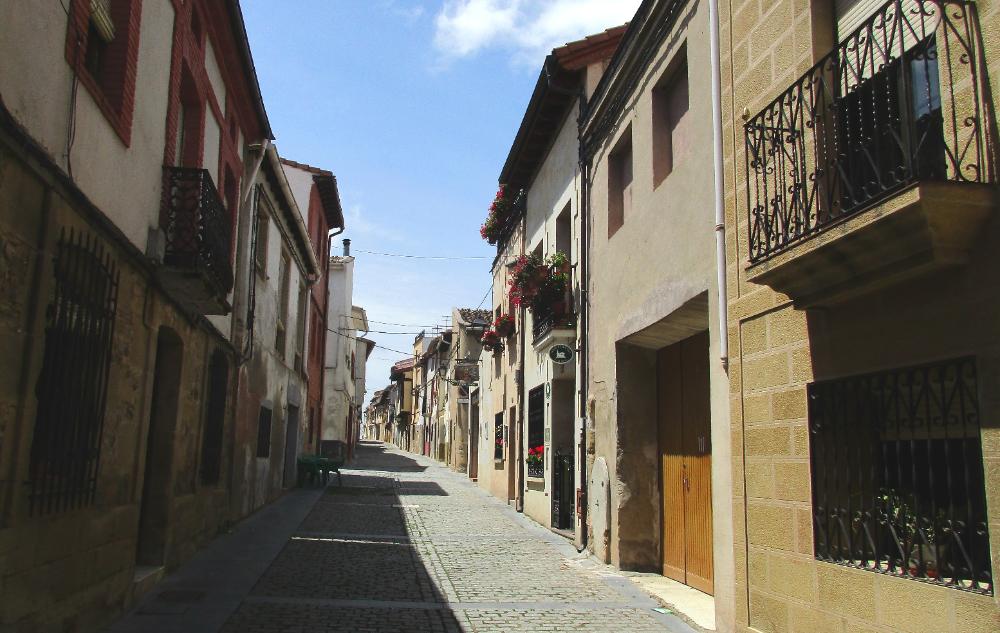
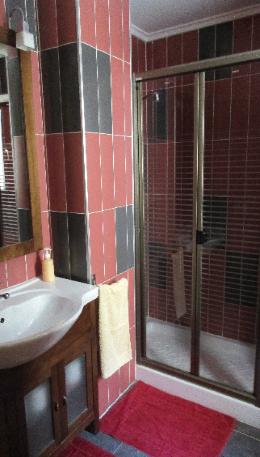
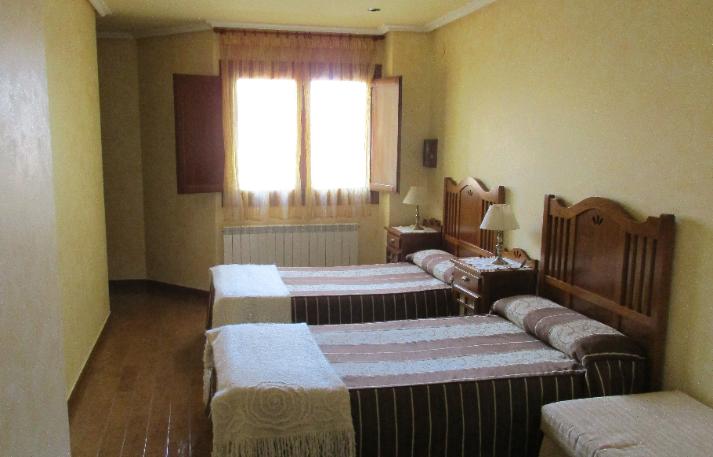
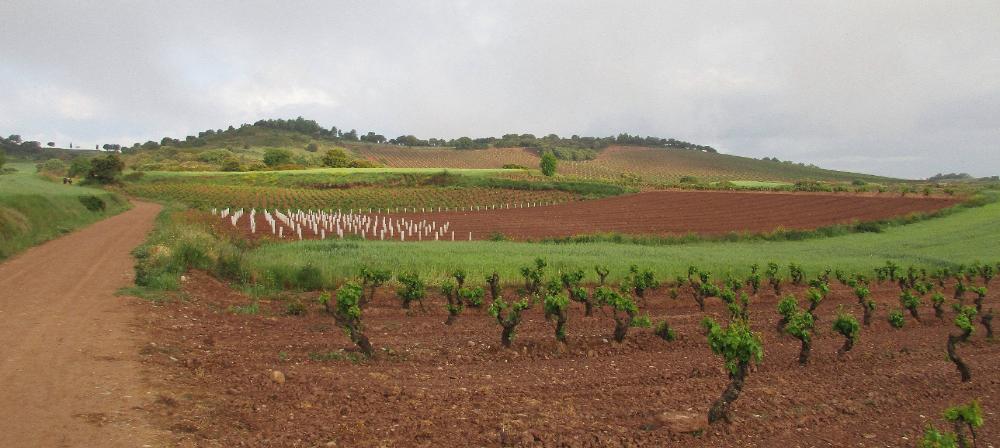
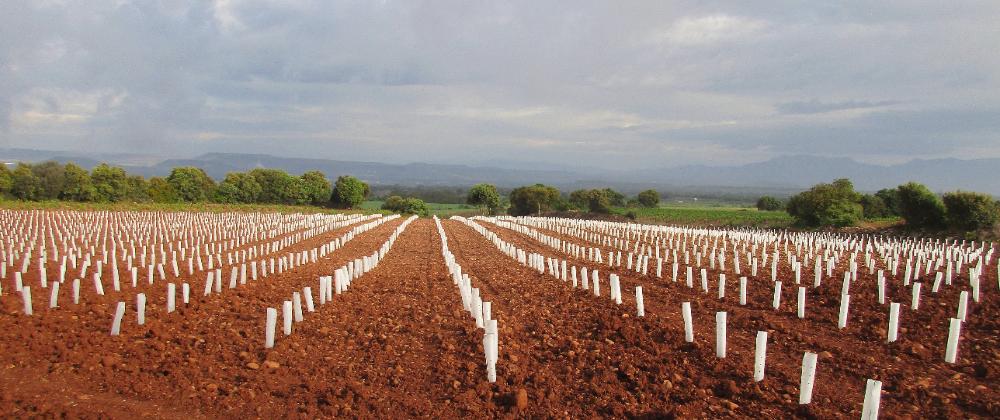
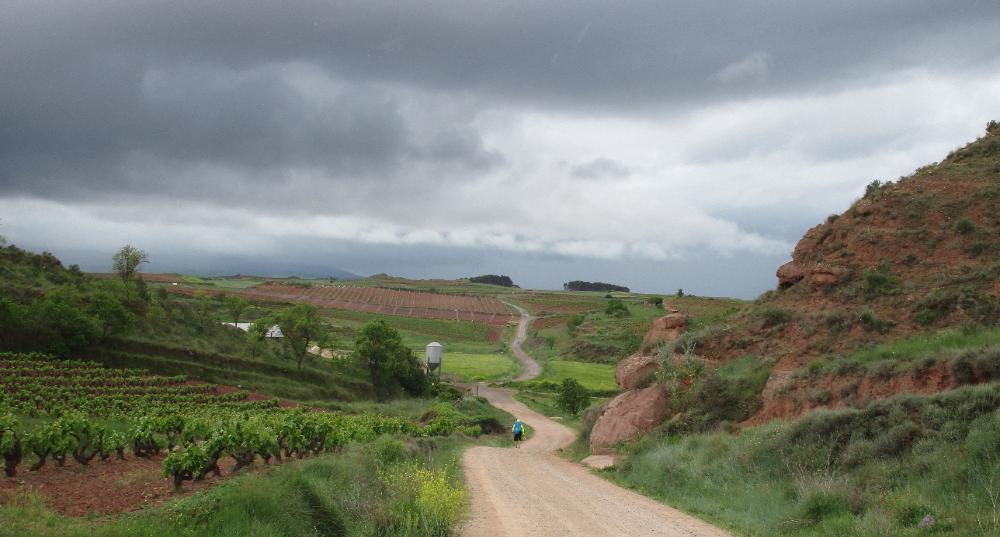
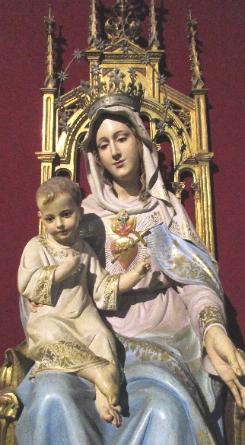
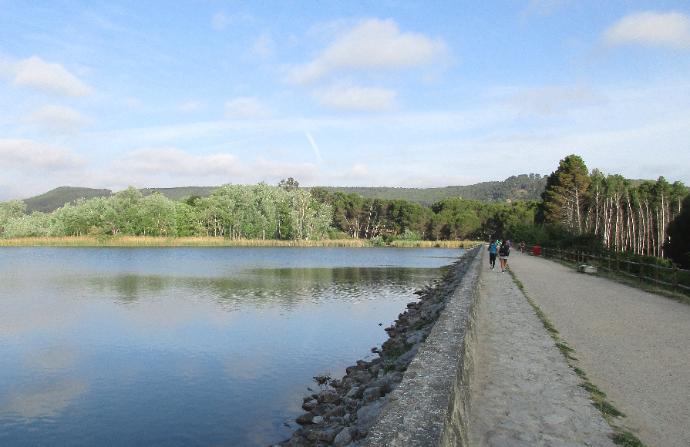
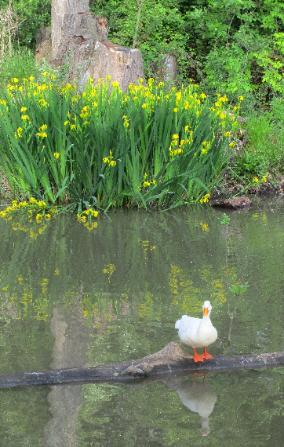
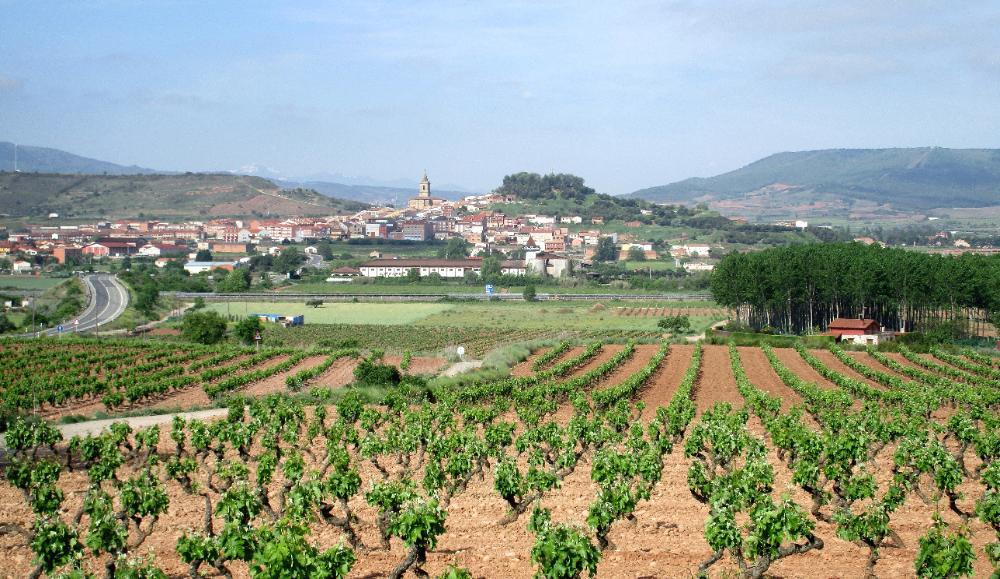
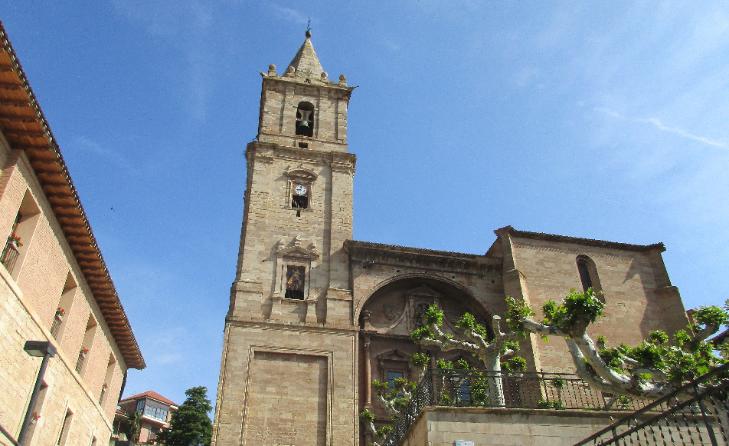
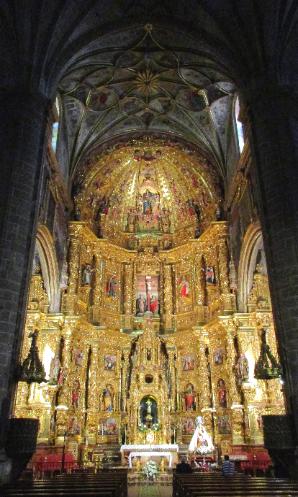
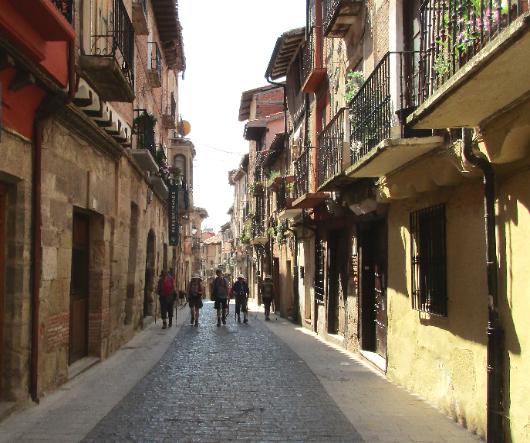
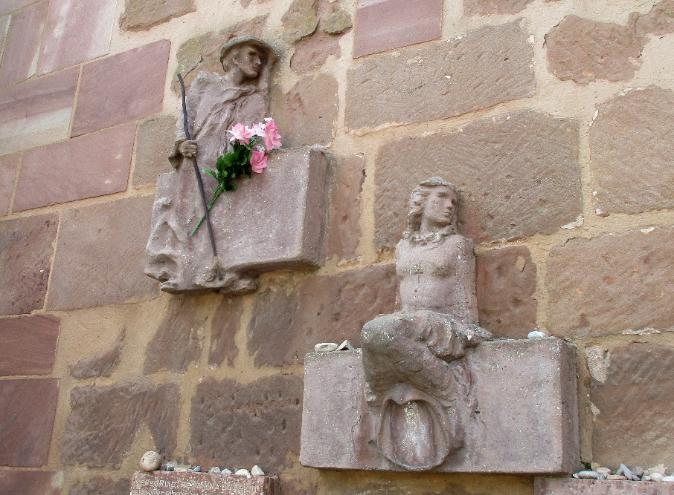
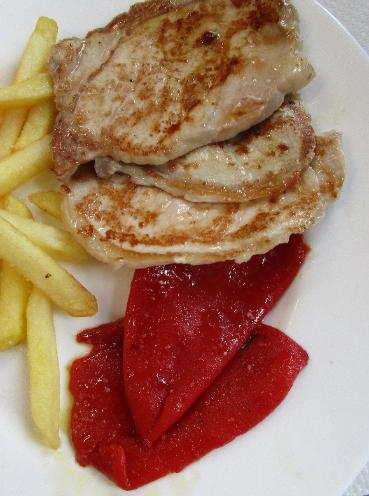
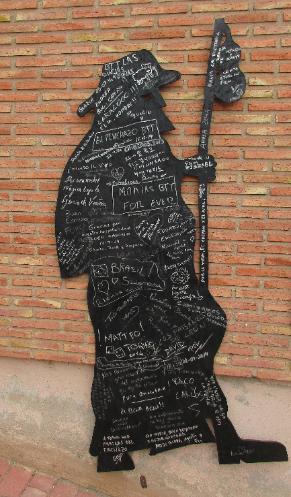
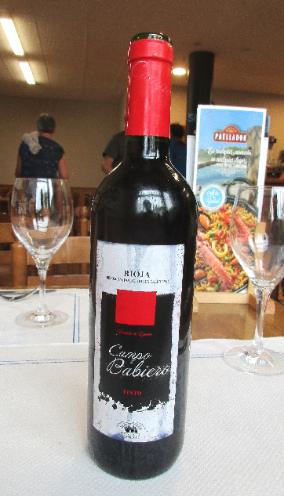
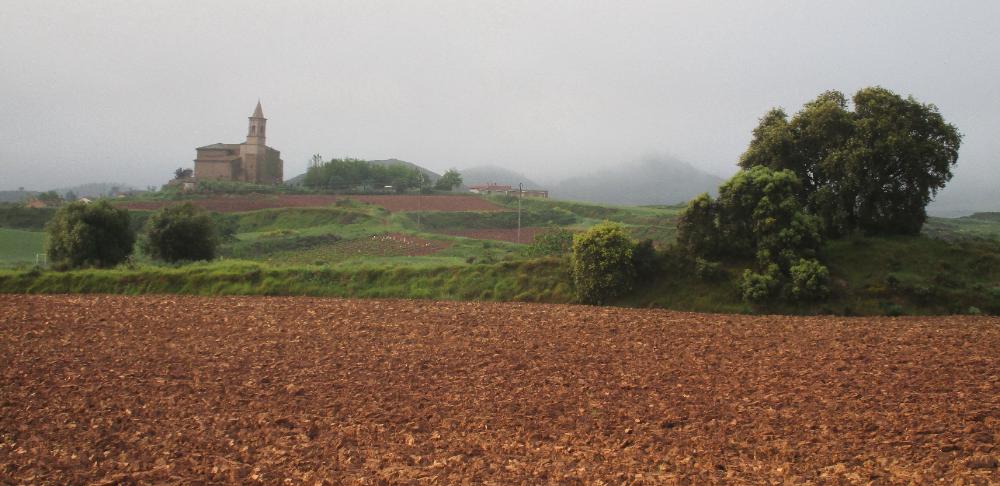
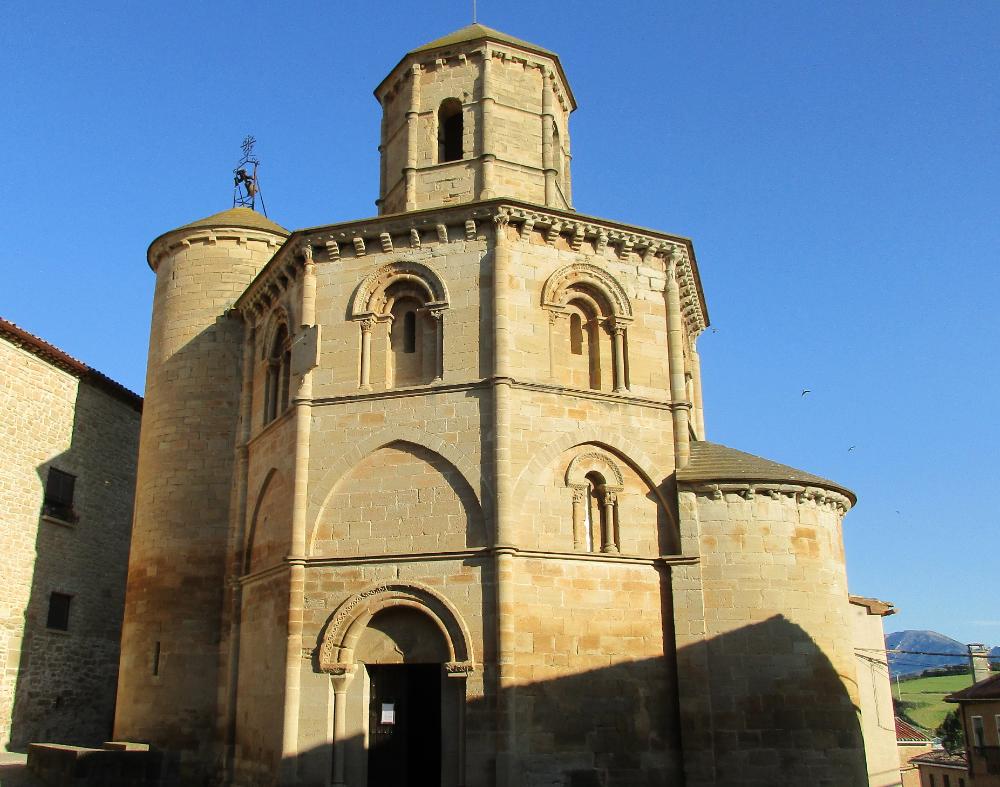
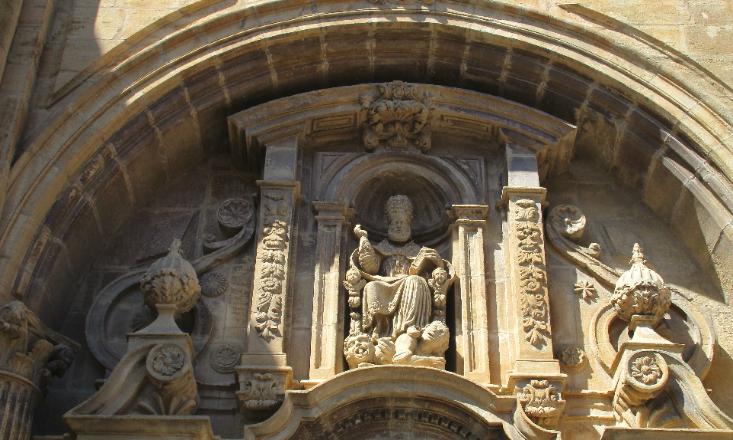
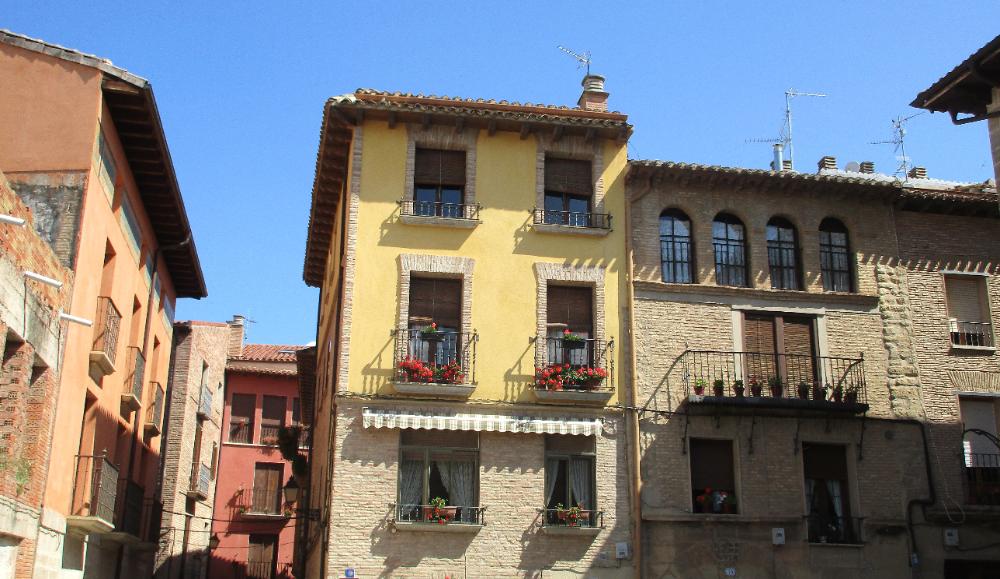
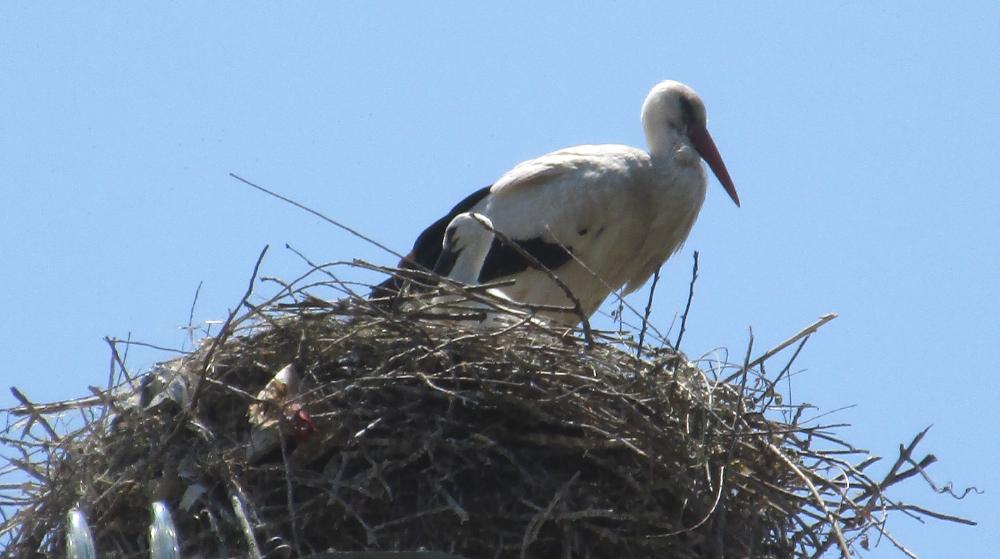
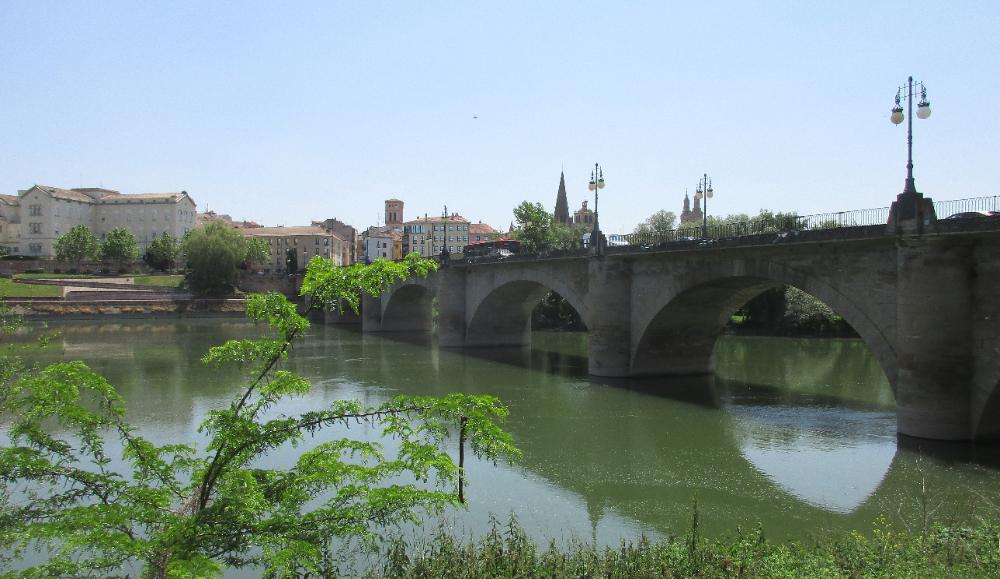
| Rioja Region, Spain |
Feeling happy to be on the Camino. One thing
we've learned as inveterate travelers is that
intensive travel can be tiring, and after a solid
month of it we were beginning to feel a little
ragged around the edges. But here on the
Camino any sense of travel weariness is gone,
replaced by a physical tiredness from the
exertion each day brings but a mental alertness
and emotional happiness that's hard to explain
but definitely there. As best we can tell it’s
because we’re hiking in nature, going from
place to place on foot with minimal logistics,
and spending more time hiking than checking
off sights. Here we simply walk, we eat, we
drink wine, we meet new friends, and we enjoy
the countryside we're passing through. The
towns are quaint, there's a feeling of serenity,
and we have the fun of not quite knowing
what's around the next corner. Admittedly,
Spain's Rioja region is a hard place not to like
with its fine red wine and scenery, but still it's a
revelation how much we enjoy traveling on foot.
we've learned as inveterate travelers is that
intensive travel can be tiring, and after a solid
month of it we were beginning to feel a little
ragged around the edges. But here on the
Camino any sense of travel weariness is gone,
replaced by a physical tiredness from the
exertion each day brings but a mental alertness
and emotional happiness that's hard to explain
but definitely there. As best we can tell it’s
because we’re hiking in nature, going from
place to place on foot with minimal logistics,
and spending more time hiking than checking
off sights. Here we simply walk, we eat, we
drink wine, we meet new friends, and we enjoy
the countryside we're passing through. The
towns are quaint, there's a feeling of serenity,
and we have the fun of not quite knowing
what's around the next corner. Admittedly,
Spain's Rioja region is a hard place not to like
with its fine red wine and scenery, but still it's a
revelation how much we enjoy traveling on foot.
| Rioja is practically synonymous with Spanish red wine, so as you can imagine we had no trouble enjoying ourselves here |
| Some of the scenery was stunning -- something you don't usually say about agricultural zones |
| This green "sand dune" caught our eye |
| On this rainy 10-mile day we hiked past thick gnarled grape vines and fields of freshly turned red earth |
| We believe these white poles are protectors for new grape vines |
| We ate some of our favorite tapas of the Camino in the Navarre and Rioja regions, where it seems every bar has tapas on display. In Najera we ordered four different tapas with drinks for just €9. My favorite: warm goat cheese with marmelade and walnut atop serrano ham and crusty bread. |
| Najera is a popular stopping point on the Camino but we pressed on to the smaller town of Azofra |
| On the outskirts of Logroño we came to a nature reserve with a cafe at the far end -- breakfast solved! |
| We continued on to Navarette, a pretty town with a church spire visible from a distance with vineyards all around. We could have stayed here happily. |
| We paused for a look at the Church of the Assumption and a bite to eat at the cafe next door |
| It felt good to be two-thirds done with our 12-mile hike by lunchtime as we pushed on from Navarette |
| The gold retablo within was over-the-top Baroque but quite beautiful when lit up |
| Most every restaurant and cafe along the Camino offers pilgrim menus -- basic set menus for about €10 per person that include appetizer, entree, dessert, and wine. Robin has become a particular fan of the pork tenderloin with red peppers. I've become a particular fan of the red wine! |
| Our 12-mile hike to Logroño was over rolling hills on a hot, sunny day. We crossed from Navarre into Rioja in the midst of primo red wine country. |
| The octagonal Church of the Holy Sepulchre in Torres del Rio looks especially lovely in the morning light. The 12th century church was likely built by the Knights Templar, who were charged with protecting pilgrims on the Camino. |
| Lunch was in Viana, which contains the ruins of San Pedro Church. The church stands open to the elements. |
| We liked the feel of Viana with its flowered balconies and quiet dignity |
| European storks with their huge nests were a common sight atop every church tower in every town. Here we even have a baby stork to appreciate! |
| We arrived at Logroño (pop. 150,000) footsore and weary, only to wander around for a long hour looking for a proper bed on a busy Friday night. We ended up at Condes de Haro (€70). It was after this experience that we finally broke down and bought a SIM card for our phone for €10 so we could call ahead for lodgings a day or two prior. Great decision! |
| During this stretch we hiked four days from Sansol to Grañon, with distances as follows: 12 miles to Logroño, 12 miles to Ventosa, 10 miles to Azofra, and 13½ miles to Grañon just past Santo Domingo. |
| Hiking Day 10: Sansol to Logroño |
| But that last third gets us every time. We arrived in tiny Ventosa (pop. 169) tired, sweaty, and ready to be done. We found lodging at Hotel Las Aguedas (€65). |
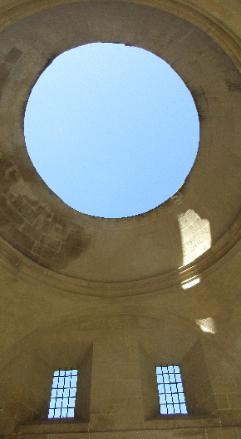
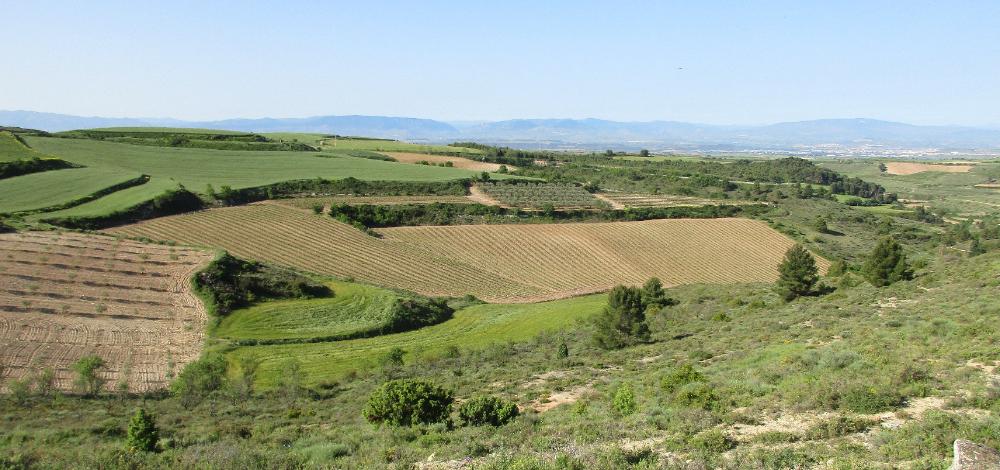
| Hiking Day 11: Logroño to Ventosa |
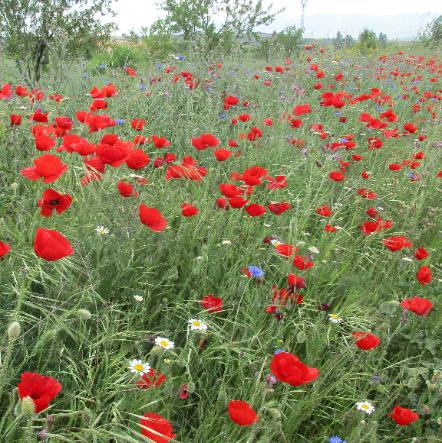
| Hiking Day 12: Ventosa to Azofra |
| The cathedral in Santo Domingo houses live chickens. Why? Because of what has become my favorite Camino legend. It involves the hanging of an innocent boy who miraculously remained alive with the help of St. Domingo. When the magistrate was told of the miracle over dinner, he replied to the parents, "Your boy can no more be alive than these chickens on my plate could get up right now and crow." Which they promptly did! The magistrate fell to his knees at this second miracle and set the boy free. |
| We limped into Grañon around 2 pm at the end of another long hiking day. Just about everyone we meet on the Camino is limping and sore at the end of each day, so we’re not alone. |
| We checked into a "casa rural" called Cerro de Mirabel (€50 with private bath and breakfast included) |
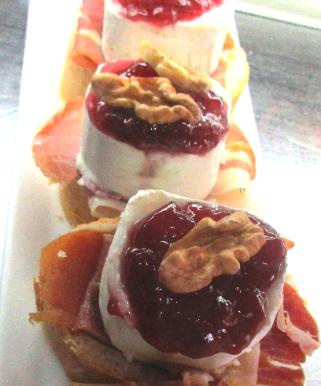
| Hiking Day 13: Azofra to Grañon |
| We hiked the first 7 miles to Santo Domingo through lovely wheat fields and vineyards, with birds singing and toads croaking |
| We hiked 13½ miles on this day and completed what felt like an actual normal stage of the Camino, in that all the people we met hiking from Azofra were also hiking to Grañon. This was a long distance for us with packs, but we made it okay. |
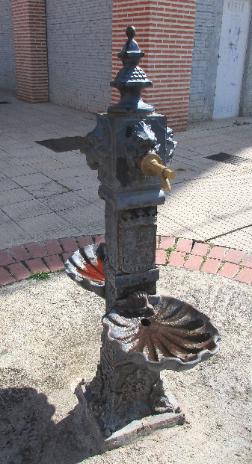
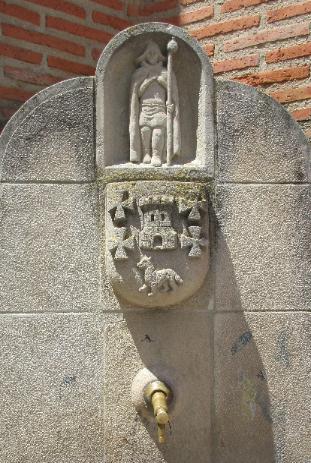
| In Santo Domingo we refilled our water bottles and enjoyed a range of delicious tapas for lunch |
| Outside we liked the simple statues with flowers added, perhaps by a Camino pilgrim |
| Farmers were very busy in late May working their fields; occasionally we'd share our hiking path with tractors |
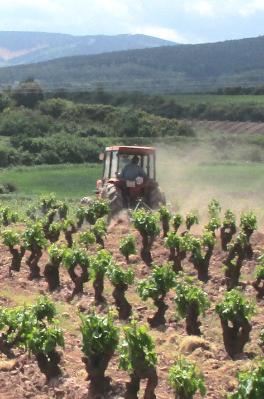
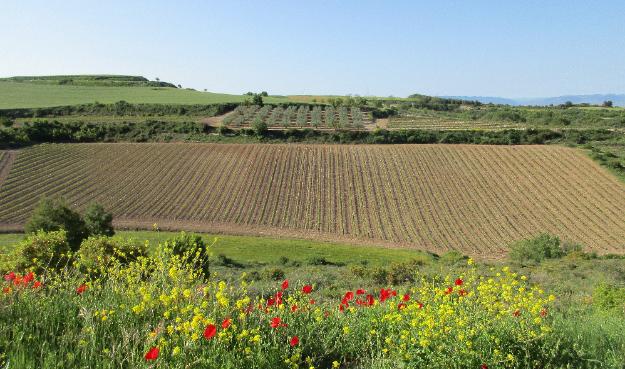
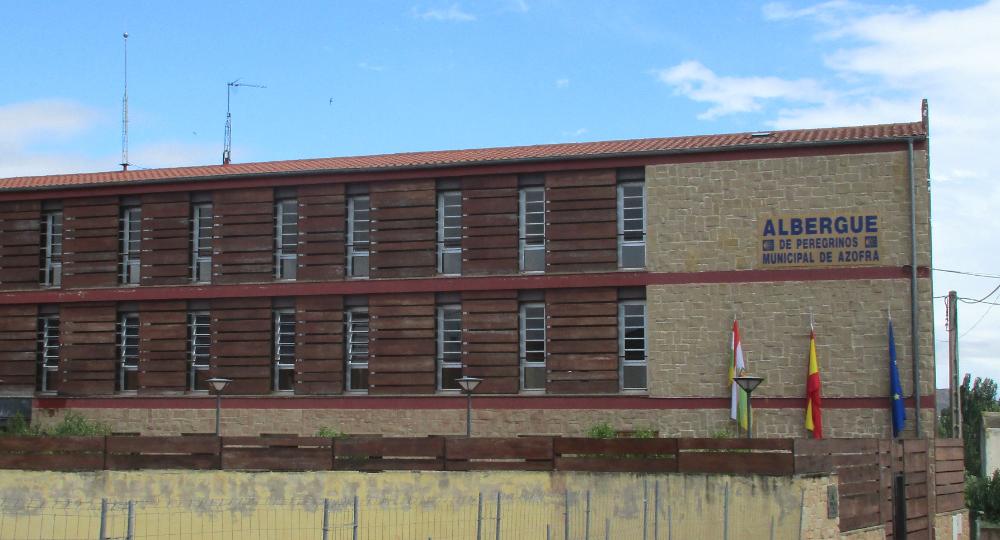
| The municipal albergue in Azofra is unusual in that each "dorm" consists of only two beds, each bed costing just €7 -- perfect for a couple like us |